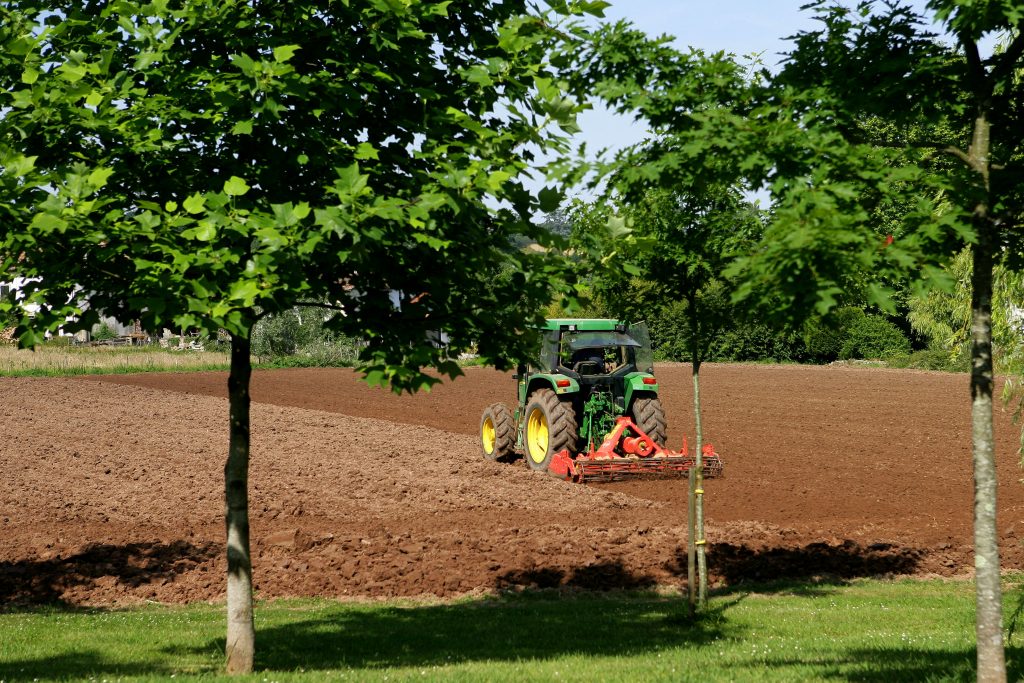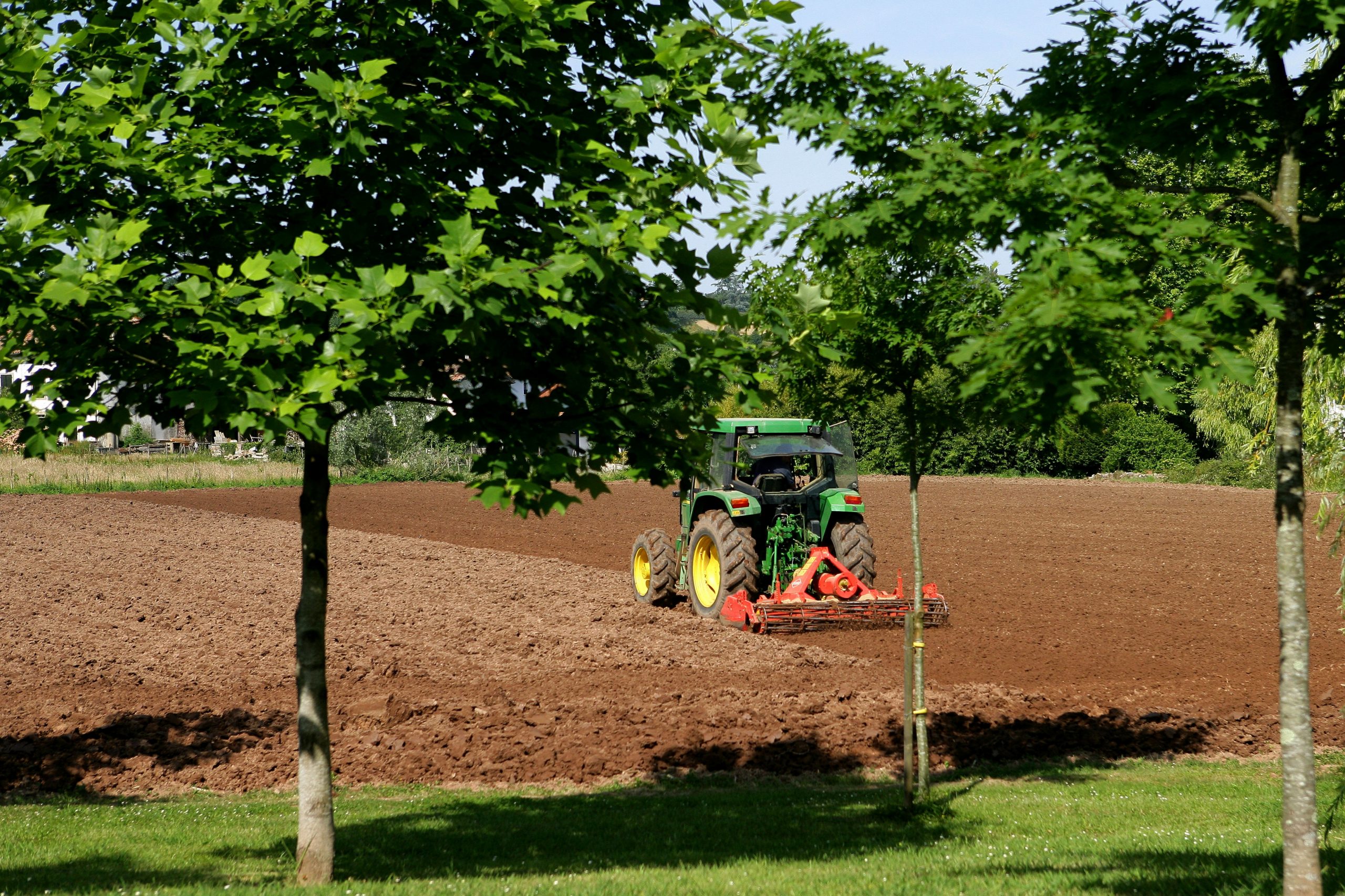Freshfel Europe calls for action against soaring energy prices and its impact on fresh produce
Fresh produce businesses are at risk of serious economic hardship, and even bankruptcy, because of high electricity and gas prices combined with other rising prices of production inputs, services and logistics. These increases can hardly be absorbed in the chain anymore due to short margins and have so far not been passed down to consumers.
Fresh fruit production and distribution requires energy for different purposes throughout the supply chain. The amount of energy used, and when, depends on the product and its destination in the market. Outdoor production requires electricity for proper irrigation, indoor production requires temperature management and appropriate lighting. Packing and storage facilities need to have certain levels of cooling and temperature controlled atmosphere, as do ripening facilities. Logistics and transportation require energy as well. Equally, distribution centres and retailers need to ensure fitting conditions to provide consumers with fresh and safe products.
In this energy crunch, fresh produce operators face different contractual conditions, and their energy dependency might vary. To this end, they are operating in an unlevel playing field among the different national energy markets in the EU. Some fresh produce operators are facing electricity bills up to ten times higher than the previous year. Soaring energy prices are adding significant economic pressure on the European fresh produce sector which operates within very tight margins. As consumer purchasing power declines because of their own higher energy bills, Freshfel Europe is also noting a sharp decline of fresh produce consumption by 10% in the last months. This is further exacerbating profitability challenges of the fresh produce sector. Economic hardship or even bankruptcy of operators is likely if remedies are not found rapidly.
Freshfel Europe is voicing the sector’s energy concerns to decision makers. Philippe Binard, Freshfel Europe General Delegate, said:
We are estimating the sector’s added energy costs to be around €6,8 billion for the current season from orchards up to departure of fresh produce at packing stations. Besides this, each product category might also have additional energy costs in the chain. For example, should apple storage trends remain unchanged, we have calculated that such added bills could be close to €200 million for the coming season.
This new energy cost comes on top of other rising costs noted in the last year for production inputs, services and logistics, which have already been observed following the COVID pandemic and its ensuing disruptive aspects. Freshfel Europe warned earlier that the sector in the last year suffered annually added costs of around €10 billion.
Retail prices of other food sectors have recently inflated by 15 to 20%, passing these added costs to consumers. Such a transfer has not been reflected yet in fruit and vegetable prices to final consumers. While fresh produce remains one of the most affordable and nutritious among the different food categories, its position is now at risk. This is alarming considering the essential role of fruit and vegetables, part of the solution in reaching EU sustainability targets in the European Green Deal and Farm to Fork Strategy, and securing the better health objective of the EU Beating Cancer Plan.
Freshfel Europe is also raising attention to the collateral effects of the energy crunch. Product freshness, quality, and safety may be at risk without proper temperature-controlled storage and microbiological contamination risk will be heightened if cold chains are cut. This will in turn have a negative impact on sustainability as food waste will increase. Binard said:
Our sector needs to be classified as an essential sector and be excluded from any potential energy cuts. This will ensure its ability to perform its essential function in the delivery of quality and safe fresh produce to consumers.
Market fluidity may be altered in the coming months. Growers are confronted with difficult decisions to harvest, store or process products based on their expected capacity to support energy bills. Fresh produce market stability will also be influenced by trends in the frozen and processed fruit and vegetable sectors and essential oils, which are all also sensitive to energy consumption. In the medium term, food security is at risk due to the ability of growers and traders to be economically sustainable throughout the energy crisis. Binard said:
The supply of fresh produce may decrease as growers go out of business, or leave products unharvested as they cannot store them. Production in glasshouses may be shortened to limit heating or lighting. Furthermore, lack of proper temperature control puts plants at risk of going dormant, decreasing harvest yields. All of this might impact a supply which is additionally increasingly impacted by climate change.
Freshfel Europe is calling regional, national and European decision makers to consider all necessary actions to assist the fresh produce sector to once again demonstrate its resilience and continue to provide to European consumers quality, tasty, diversified, safe and affordable fresh fruit and vegetables. The energy crunch provides an unprecedented opportunity to further position fresh produce as essential goods given their unique health benefits and minimal environmental impact within the food chain. The following actions have been identified by Freshfel Europe as key steps to be taken without further delay:
- Consider in the CAP or other policies all necessary exceptional measures to minimise the consequences of the energy crisis for the essential fresh produce sector.
- Create a level playing field in the EU to avoid distortion of competition among operators.
- Setting energy price caps on an EU level is desirable.
- Secure exemption of fruit and vegetables from potential energy cuts to ensure freshness, quality and safety of produce.
- Move towards self-reliance in energy production and support innovative technologies in the sector for energy efficiency.
- Stimulate energy production in orchards, glasshouses and at other sector facilities for self-use and reduce dependency, with the possibility to inject surplus back to the grid within a reinforced network in rural areas.




